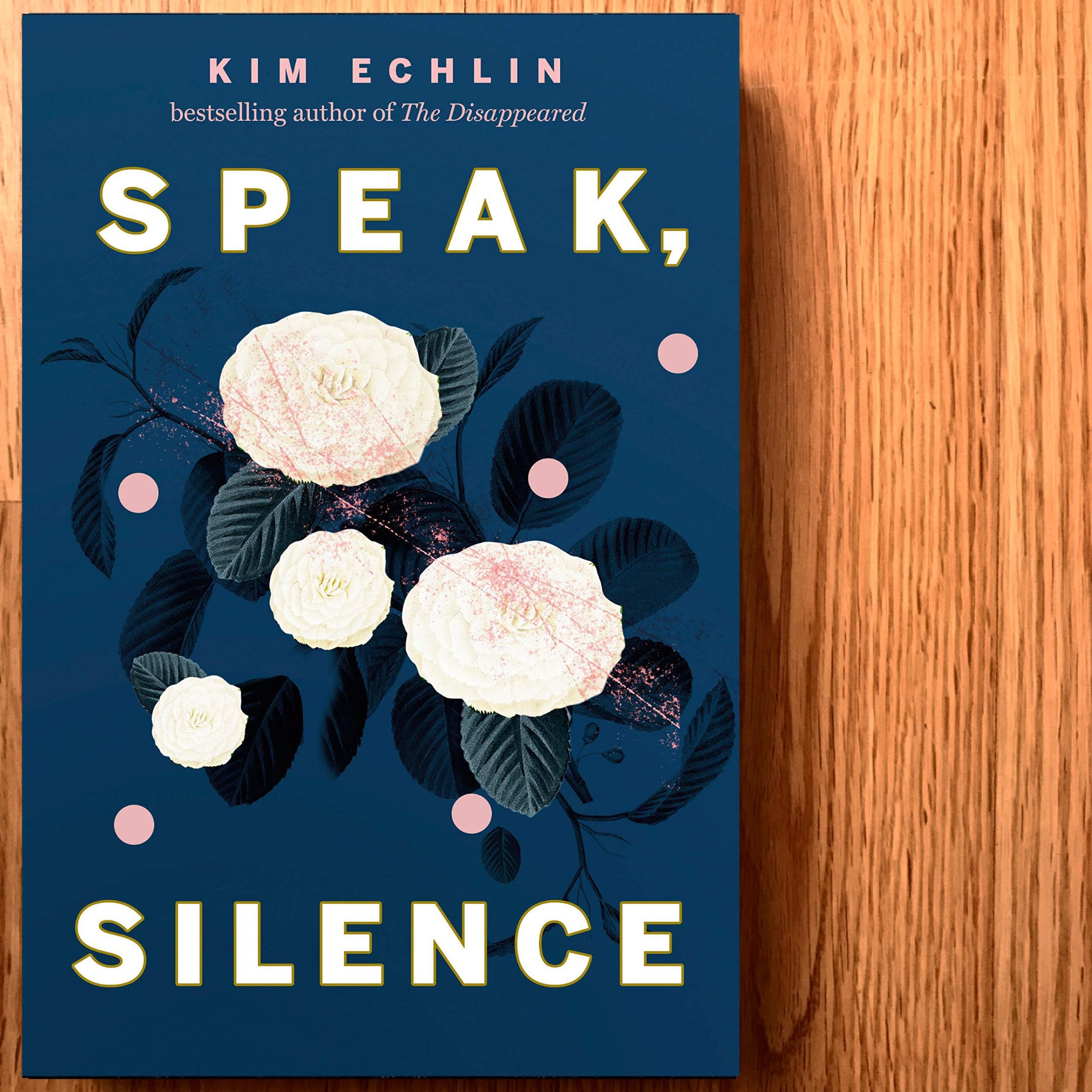By Kim McCullough
Content warning: child abuse, sexual assault
Permanent Astonishment by Tomson Highway is a humorous and heartbreaking memoir that covers his life from birth to age fifteen.
Highway’s earlier-than-expected birth during a frozen northern Manitoba winter kicks off the story of a young and free Cree boy filled with wonder at the beauty of the world around him. Highway has an incredible ability to remember the smallest of details, and what he doesn’t remember, his family has recounted for him. His storytelling has an almost musical rhythm to it, which makes sense for someone as musically gifted as Highway is. His facility with languages shines through in beautifully constructed sentences and thoughtful word play.
When Highway is sent to the Guy Hill Residential School in The Pas, Manitoba, Permanent Astonishment settles into chapters that alternate between his vibrant summers at home and the much less colourful school year. Summers are for his land and his family, especially his younger brother René; the rest of the year is for Jesus, rote learning, and rules.
Tomson Highway’s skill at setting up a compelling scene is second to none. His tales, from the story of his incredible birth to a rollicking yarn about a family wedding, to the story of his mother besting a loon, are humorous yet also show his deep, abiding love for his family and the place they live. Tomson Highway has a superb memory and a true gift for observing others.
Highway writes with deliberation about his time at the residential school. He acknowledges the sexual abuse he and his peers suffered, and names his abuser. He writes of his English lessons in great detail. Though he misses home, it is at the school where he learns to play the piano. These music lessons launched his life of creativity.
It is in reading of Highway’s time spent back home, in the summers, that really show the tragedy of what an Indigenous child pulled from the heart of his people has lost. The rhythm of the storytelling changes in the “home” chapters—stories become longer and the sentences more lyrical, describing trees, the lakes, the loons. The “away” chapters are focused more on the rooms and grounds of Guy Hill, the rules, the strangeness of the people and the English language young Tomson is forced to learn. The reader is immersed in the disorientation and melancholy ache felt by this small boy sent to school hundreds of miles from his family.
Highway’s deep connection to his hometown of Brochet and the many islands and lakeshores his family inhabits during his summer serve to highlight the tragic loss of a way of life. How different the rote learning and catechism of the residential school was; how brutal some of the lessons learned.
Permanent Astonishment is a must read. In these times of uncertainty, Highway’s infectious joy for the world he was born into and gratitude for the gifts he was born with, lift the spirits and leave a lasting impression of beauty and grace.
Thank you to Penguin Random House Canada for the complimentary copy in exchange for an honest review.











